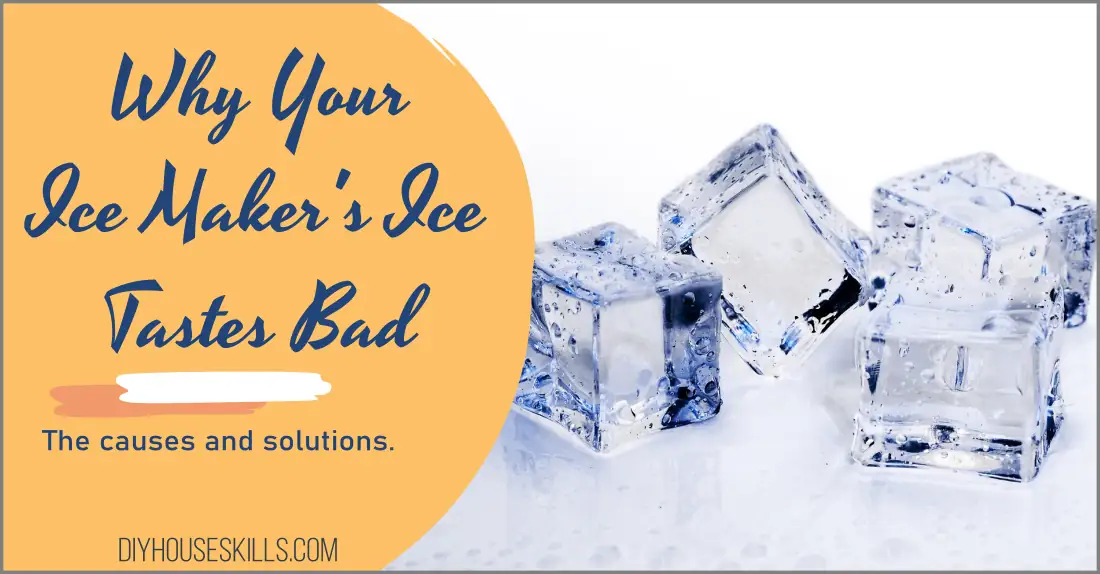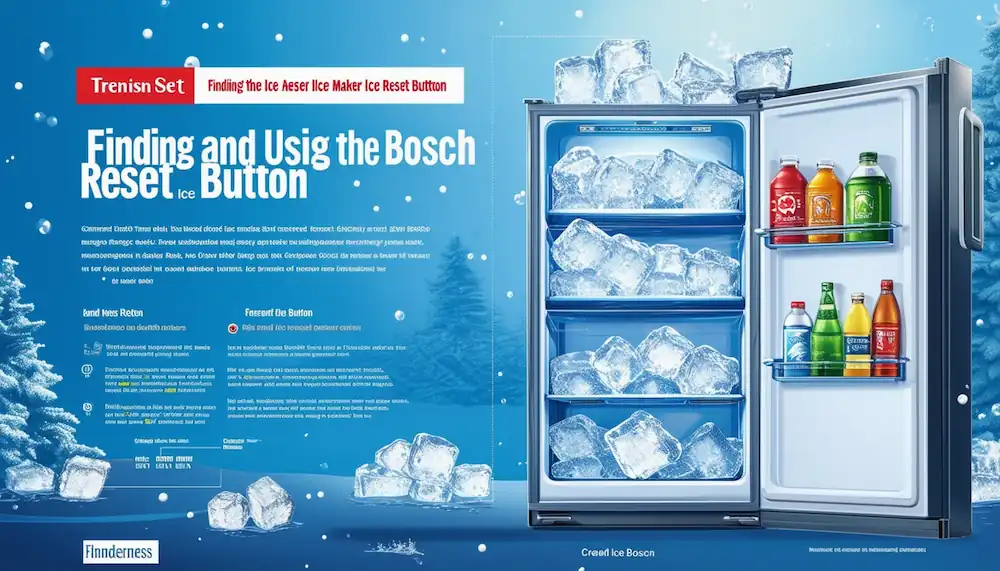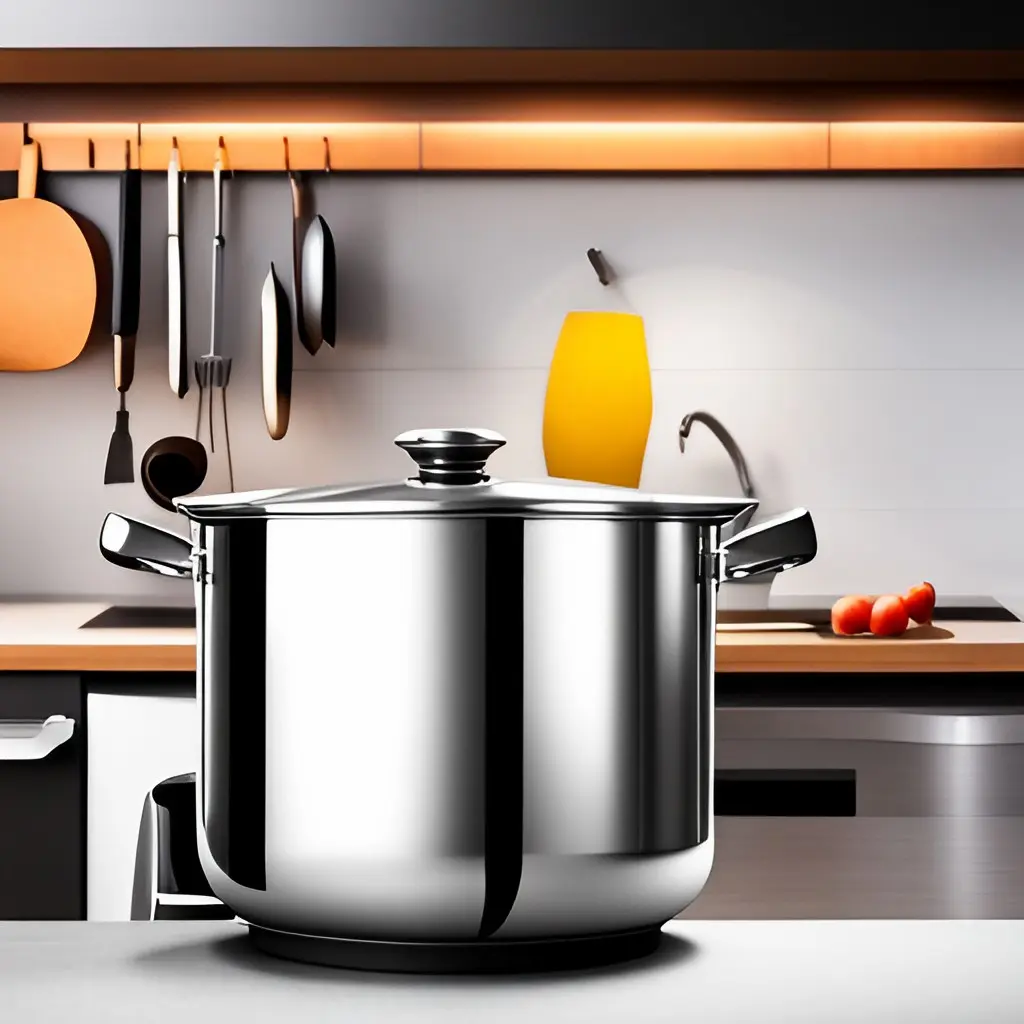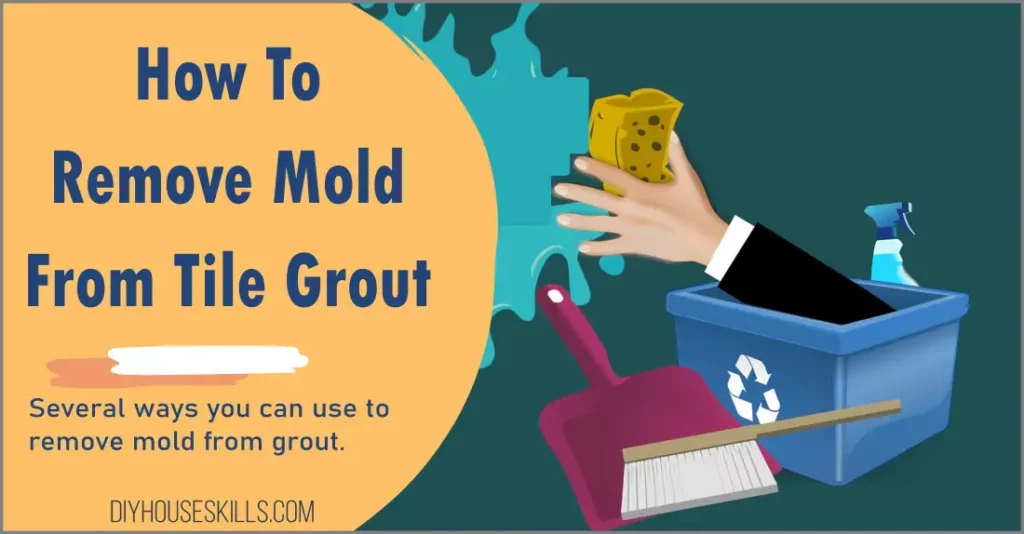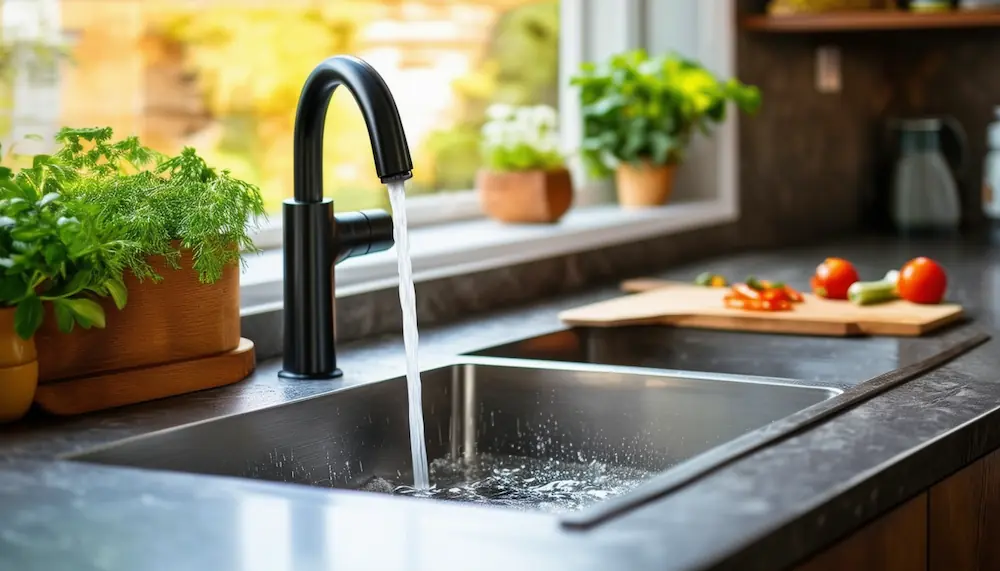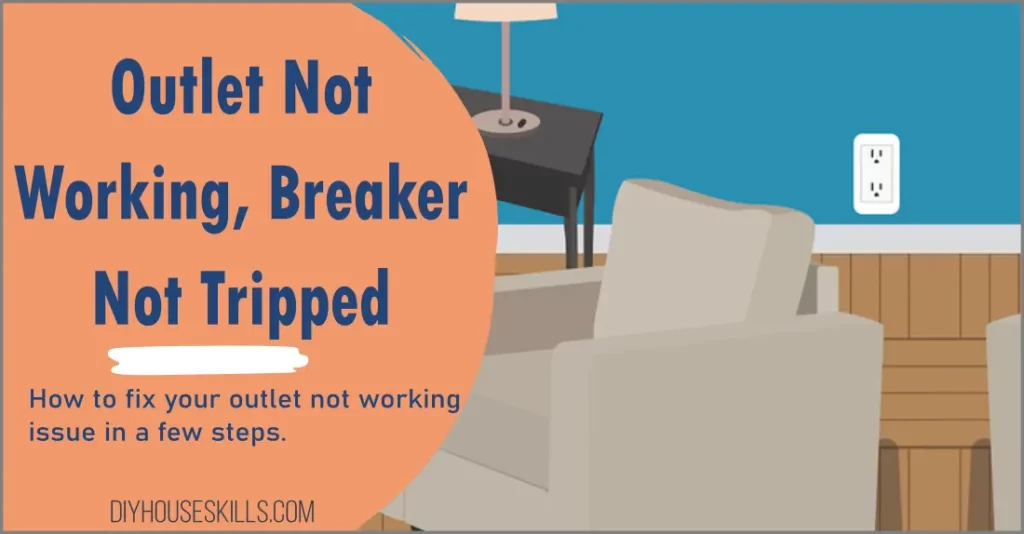If your ice maker is producing ice that tastes bad, there could be a number of causes. In this blog post, we will discuss the most common causes of bad-tasting ice and provide solutions to fix the problem. Keep reading to learn more.
- Unfortunately, sometimes ice can taste bad. This can be due to a number of factors, including the type of water used to make the ice or the cleanliness of the ice maker.
- If your ice tastes bad, there are a few things you can do to try to fix the problem.
- And be sure to find out if an undercounter refrigerator or an indoor smokeless grill is worth it too in my DIY skills series of articles.
Why Your Ice Maker’s Ice Tastes Bad
Ice maker ice can sometimes taste bad for a variety of reasons. If the ice has been sitting in the freezer for a long time, it can absorb smells from other food in the freezer.
Additionally, if the water used to make the ice is not very clean, it can impart a bad taste to the ice. Another reason why ice maker ice might taste bad is if the ice maker itself is dirty. Ice makers can develop mold or mildew, which can contaminate the ice and give it a bad taste.
1. Water Quality Issues
One of the most common reasons for bad-tasting ice is impurities in the water that’s used to make it.
If you use a home filtration system, check to make sure that it’s operating properly and that the filter has been replaced recently. If you don’t have a filtration system, consider installing one – it will not only improve the taste of your ice but also the taste of your water.
And, If the water going into the ice maker is not filtered, it can pick up impurities from the pipes it travels through which can contribute to an unpleasant taste.
Another water-related issue that can cause bad-tasting ice is using softened water. While softened water might be great for your skin and hair, it’s not so great for your ice maker.
This is because softened water contains salt, which can lead to a build-up of minerals in your ice maker over time. This mineral build-up can cause all sorts of problems, including bad-tasting ice. If you’re using softened water, try switching to distilled or filtered water instead.
2. Dirty Water Filter
Next up is an old and dirty water filter. As we mentioned before, most ice makers have a water filter that helps to remove impurities from the water before it’s used to make ice.
However, over time, these filters can become clogged with dirt and debris. When this happens, they are no longer able to effectively remove impurities from the water, which can lead to bad-tasting ice.
To fix this problem, simply replace the water filter according to the manufacturer’s instructions. The water filter is normally located in the refrigerator compartment or at the bottom of the fridge. You simply remove a cover and “unscrew” the filter and insert a new one. Remember to flush water through the filter as indicated on the packaging.
ALSO READ: Opal Nugget Ice Maker Troubleshooting | How To Fix
3. Mold or Mildew In The Ice Maker
Another common cause of bad-tasting ice is mold or mildew in the ice maker itself.
This can happen if the ice maker is not cleaned on a regular basis. When mold or mildew builds up, it can contaminate the ice and give it a bad taste.
Even if you think your ice maker is clean, it’s always a good idea to give it a deep clean on a regular basis – once every few months should suffice.
The process is pretty simple: just empty out all of the old ice, remove any removable parts (such as the tray or bin), and wash everything down with warm, soapy water. Once everything is clean and dry, put everything back together and fill up the reservoir with fresh water. Then wait a few hours for the new batch of ice to be made and see if the problem has been solved.
Why Does Mold Grow In Ice?
Mold needs two things to grow: food and moisture. Ice cubes are the perfect breeding ground for mold because they’re made of water – which, as we all know, is one of the main ingredients for mold growth.
Additionally, when ice cubes melt, they leave behind a small pool of water – which is like a buffet for mold spores. So, if there’s mold or mildew anywhere in your freezer or refrigerator, chances are it will end up in your ice maker at some point.
Looking for a new portable ice maker? Check out my guide to the Best Countertop Ice Makers.
4. Old Ice Cubes
If your ice cubes are starting to look a little old and dingy, that’s probably because they are.
Over time, ice cubes can lose their clarity and start to turn cloudy. While this does not necessarily mean that the ice is bad, it can affect the taste.
This is a very common problem when ice sits unused in the ice maker for long periods of time.
If your ice cubes are looking a little worse for the wear, simply throw them out and make a new batch.
5. Ice Has Absorbed Odors
Finally, ice can easily absorb odors from other food in the freezer or even the refrigerator.
If you’ve ever noticed that your ice tastes like the fish you just had for dinner, this is why.
To prevent this from happening, make sure to wrap all of your food tightly before storing it in the freezer. Additionally, try to keep strong-smelling foods (such as fish) towards the back of the freezer, where they are less likely to contaminate your ice.
ALSO READ: Samsung Ice Maker Defrosting Instructions
Or READ: LG Ice Maker Not Working: How to Troubleshoot and Fix
Ice Maker’s Ice Tastes Bad – Conclusion
Bad-tasting ice is a common problem that can usually be fixed with some easy troubleshooting steps. First, check your water quality – impurities in the water can lead to bad-tasting ice. Second, clean your ice maker – even if you think it’s already clean, give it a deep clean on a regular basis just to be safe. By following these steps, you’ll have delicious-tasting ice cubes in no time.

I’m J.S., I created and am the content manager at DIYHouseSkills.com. I do the research and write the articles that appear on this website. I’ve learned many household skills during my life and think it’s important to at least know the basics so that you can save yourself time and money… READ FULL BIO >
- DIY Secrets: Finding and Using the Bosch Ice Maker Reset ButtonHow do I find and use the Bosch ice maker reset button? The Bosch ice maker reset button is typically located at the front or side of the ice maker unit. To reset your Bosch ice maker, press and hold the reset button for about 10 seconds until you hear a beep. This action will reset the system and should help resolve minor issues such… Read more: DIY Secrets: Finding and Using the Bosch Ice Maker Reset Button
- Say Goodbye to Stubborn Stains on Stainless Steel PotsImmediate Answer Effectively cleaning stainless steel pots involves a few straightforward steps. First, rinse the pot with warm water to remove any loose debris. Next, scrub with soapy water using a non-abrasive sponge. For tough stains, use a paste of baking soda and water or apply vinegar directly. Rinse thoroughly and dry completely to prevent water spots. To maintain their shine, avoid using abrasive cleaners… Read more: Say Goodbye to Stubborn Stains on Stainless Steel Pots
- Effortlessly Remove Mold From Tile Grout with These Easy StepsImmediate Answer To effectively remove mold from tile grout, you need to follow a systematic approach that ensures both the mold is eradicated and future growth is prevented. The process involves using appropriate cleaning agents such as baking soda, borax, hydrogen peroxide, or specialized mold remover solutions, along with scrubbing the affected areas and taking preventative measures to maintain a dry and well-ventilated environment. Follow-Up… Read more: Effortlessly Remove Mold From Tile Grout with These Easy Steps
- Proven Strategies to Unclog Your Kitchen Sink EfficientlyUnblocking a kitchen sink can seem like a daunting task, but with the right tools and techniques, you can quickly restore your sink’s functionality without the need for professional help. This guide will walk you through a step-by-step process to unclog your kitchen sink using simple, effective methods. Quick Overview Here’s a quick, effective method to unclog your kitchen sink: For those who seek immediate… Read more: Proven Strategies to Unclog Your Kitchen Sink Efficiently
- Outlet Not Working, Breaker Not Tripped | AdviceWhat To Do When Your Outlet Is Not Working But The Breaker Isn’t Tripped Experiencing an outlet that’s not delivering power can be perplexing, especially when the circuit breaker hasn’t been tripped. This common issue can often be resolved without needing to call an electrician. Here’s a quick rundown to help pinpoint and possibly fix the problem: Immediate Solution Note: This information applies to standard-voltage… Read more: Outlet Not Working, Breaker Not Tripped | Advice
